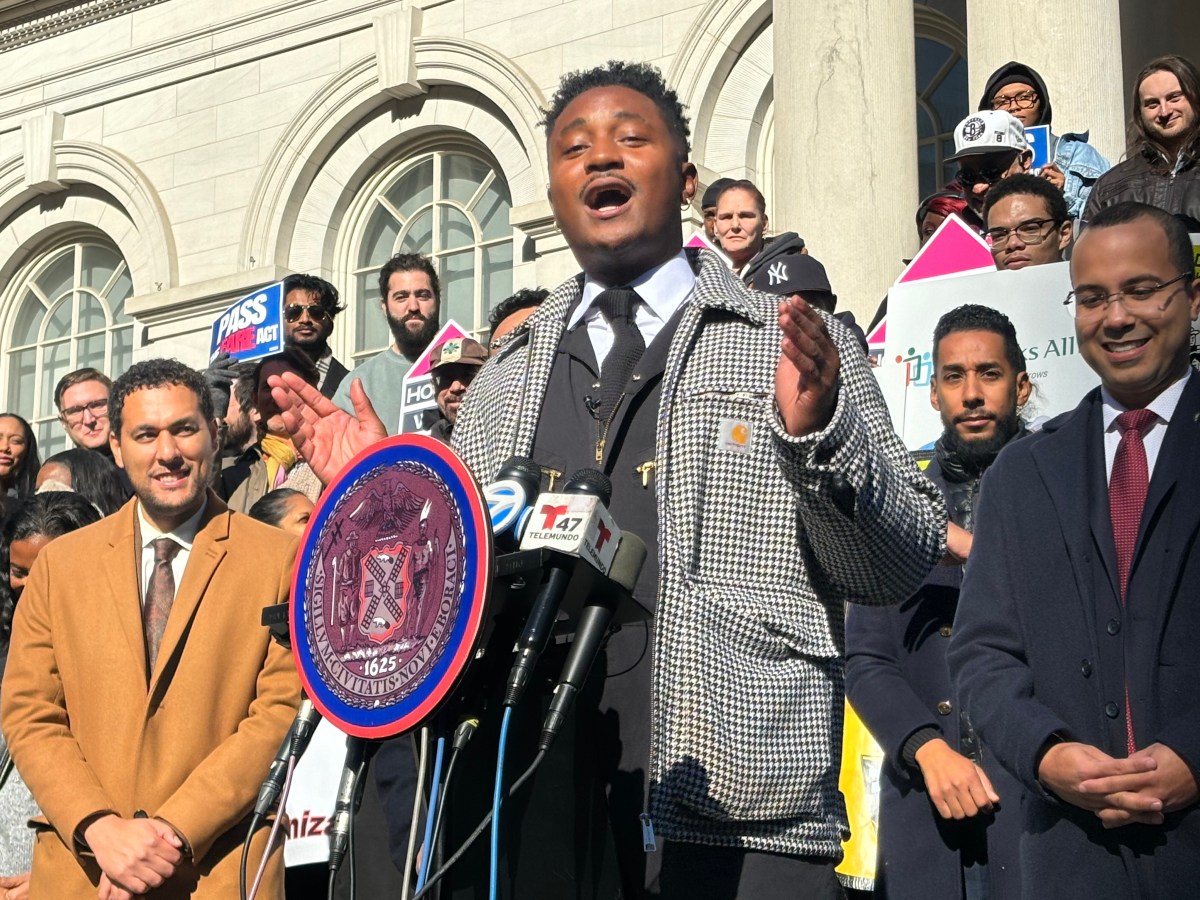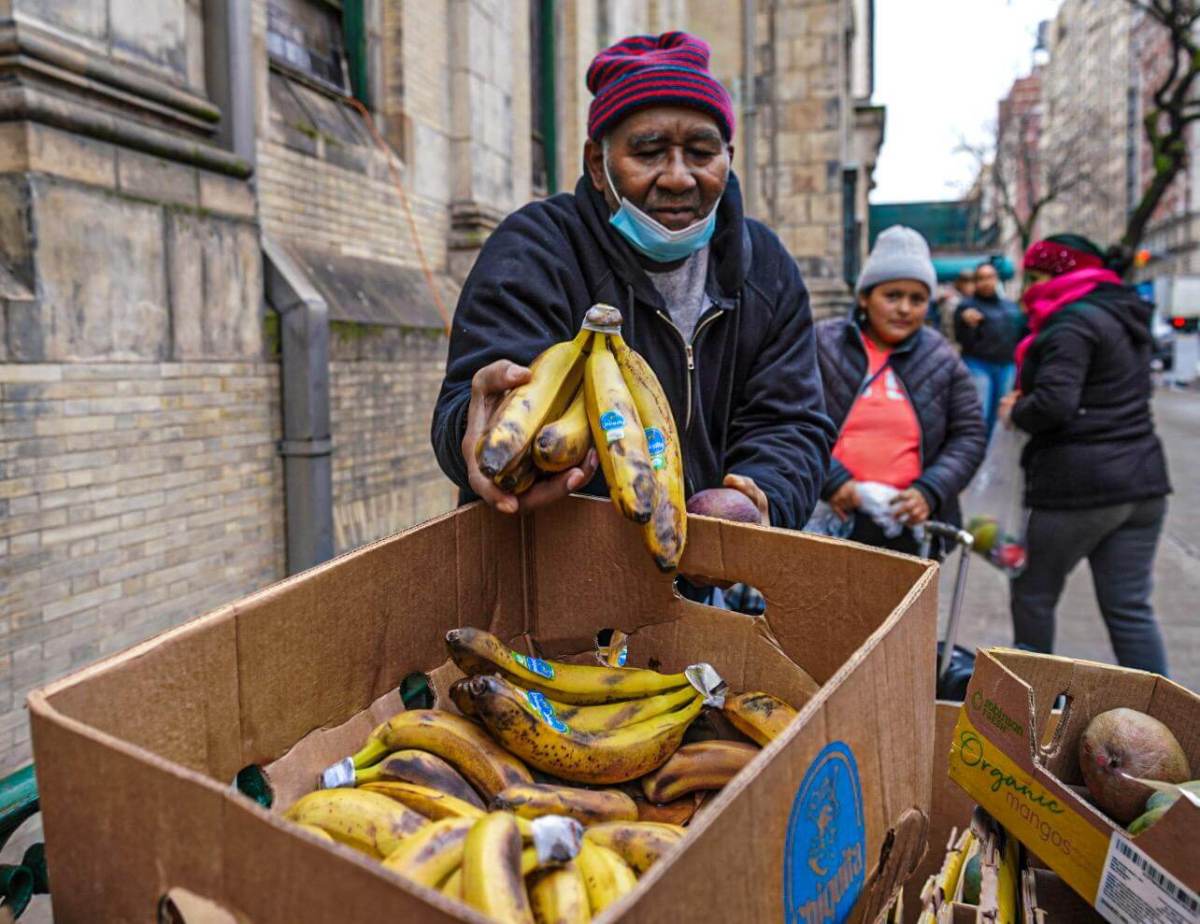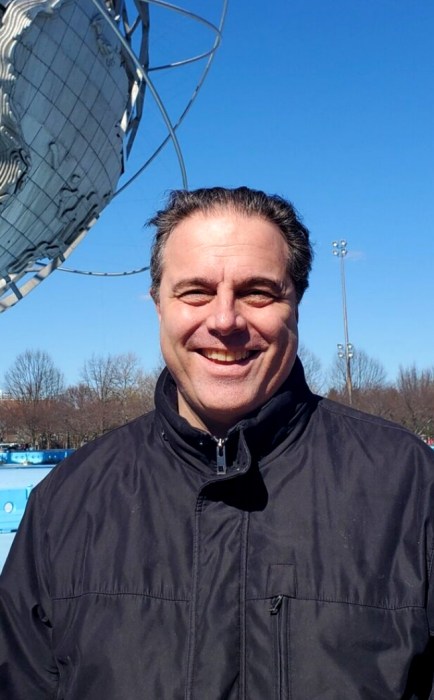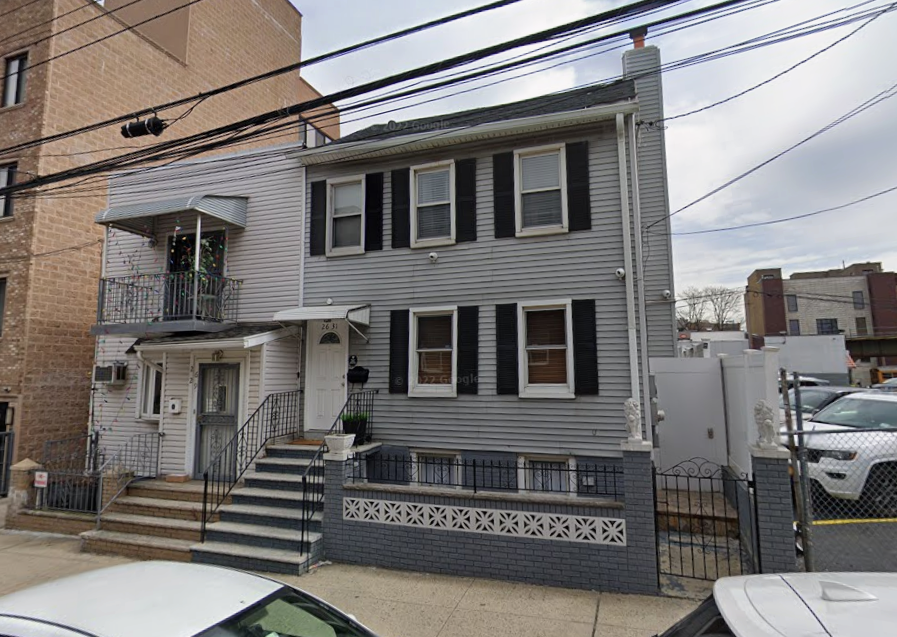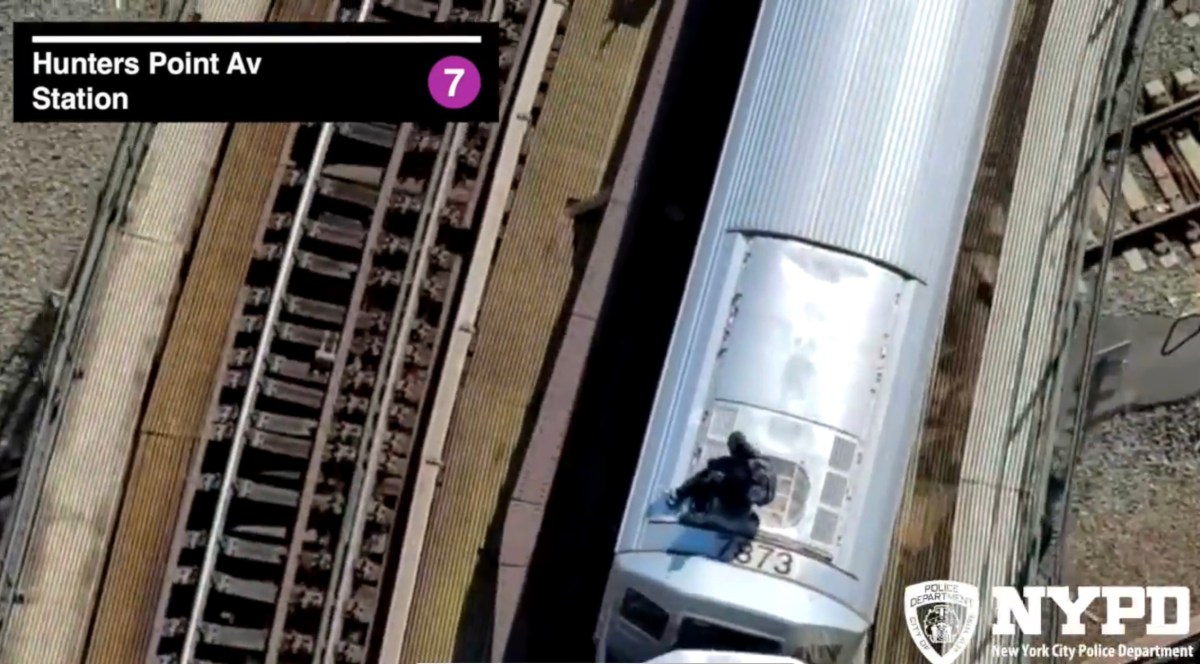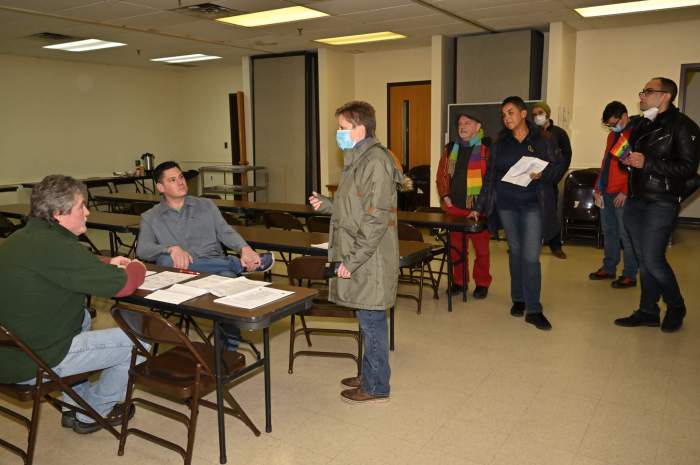By Matthew Monks
The dozen or so people who live on the streets of Ditmars aren't really homeless. Just ask them. Billy, a 34-year-old Minnesota native who has dwelled in the neighborhood for three years, says he lives “outdoors.”And Cadillac Man, a weathered 55-year-old who seldom wanders farther than two blocks from his shopping cart beneath the 33rd Street bridge, prefers the term “houseless.” Both say their home is not just in Ditmars but is Ditmars, a western Queens enclave long popular with immigrants and recent college grads. In the midst of a housing boom, the area's 20-minute commute to the city and small-town charm is now attracting well-to-do Manhattan refugees. But the neighborhood's appeal extends beyond those who prefer roofs over their heads. Its green open spaces, relatively low crime rate and location at the last stop of the N train make it a draw for the handfuls of homeless who have been a fixture for the better part of a decade. There is Jose, a 40-something Hispanic man who cruises the block on a black, spray-painted mountain bike. After a few drinks he tends to break into a waltz, spinning to music only he hears. Tony “Shakey” Martinez, 47, sports a shock of wild black hair, like one of those troll dolls popular in the 1990s. He's got a chronic hunch and shakes and stutters when speaking, which is apparently how he got his nickname. Tim, also in his 40s, was priced out of a furnished room in Astoria a few months back. A lean, dark-haired fellow, he had to cut his locks and douse his crown with pyrethrin shampoo two weeks ago to kill some lice he got on a Penn Station bench. Chris, a 40-ish Greek man, is sad eyed and quiet. He spends his days sleeping under a tarp in the Independence Bank muni lot and hangs out near a 24-hour donut shop at night. Astoria, and Ditmars in particular, has one of the largest clusters of perpetual homeless in Queens, said Eileen Fernandez, 36, an outreach worker with the homeless services provider Volunteers of America. Flushing Meadows Corona Park, Ridgewood and South Jamaica are other heavy areas, she said. “This is where they make their money. This is where people feed them. They feel safe,” Fernandez said. They crash in drainage pipes, inside banks and abandoned cars. Some burrow beneath plastic tarp shelters in Astoria and Hoyt Avenue Parks. During the day, a handful while away the hours drinking behind Key Foods on 31st Street or at the Ditmars subway station entrance near McDonald's. Inspector David Barrare, commander of the 114th Precinct, described them as a relatively harmless bunch who are more an annoyance than a threat.”I think they have more impact on quality of life than crime,” Barrare said. There are only a couple of bad apples who drain his manpower with the occasional outburst, he said. A few spend their nights nodding off in swivel chairs in the 31st Street coffee joint Twin Donut, said owner Mohummed R. Islam. About a half dozen regulars have been a constant bane for the better part of a decade, he said. “We call the police 10-20 times. They not want to listen,” Islam said. “They try to steal soda. They steal the money, too – $200.”One of his biggest headaches, Dimitri Keskinidis, 47, illustrated the neighborhood's spell over the homeless late last year after a local businessman put up the cash to fly the troublesome vagrant back to his family in Greece. The man, whose infamous rants make life miserable for merchants and pedestrians, spent just under two weeks in his native country. Friends said he got into some kind of dust-up with his family, who bought him a one-way ticket back to the states. Three weeks ago he resurfaced at his favorite spot on 31st Street to the frustration of his benefactors, police and even other homeless. “Anytime you have a chance to go home – I think most homeless would leap at the opportunity,” Cadillac Man said. Repeated attempts to make contact with Keskinidis were unsuccessful. But conversations with other vagrants, homeless advocates and politicians shed light on why Keskinidis blew the opportunity. The answer appears simple: Ditmars is a great place to live, indoors and out. “I think Astoria is the safest place I've ever been in New York,” Billy, the Minnesotan, said one afternoon behind Key Foods while sipping vodka and V8 from a plastic cup. “You know what it is? Everybody minds their own business.”Which was clear that afternoon, as Billy, Jose and a few others went through two bottles of vodka as shoppers came and went. Aside from the occasional glare, nobody paid them any mind. A few even waved and said hello. Billy, whose long brown hair was tucked beneath a green ski cap fixed low on his skull, said he discovered Ditmars on a walkabout three years ago. He had just left a shelter and was exploring the five boroughs on foot when he came over the Triborough Bridge and headed north.Coming down 31st Street, he discovered streets paved with something better than gold: cigarette butts. He found dozens of toothpick-long butts still several puffs from the filter. When he found an even better score inside an alley, a discarded donut box with three crullers, he decided to stay. Three years later, he likens Ditmars to a lush forest that provides his every need. The food comes easy and he can earn as much as $40 every three days or so by going “scrapping,” or collecting recyclable material to cash in at the scrap yard. And, most importantly, he said, he feels he can walk freely at night.”There's no rapes. There's no murders. There's no nothing bad going on,” he said. In fact, crime dropped roughly 6 percent in the entire 114th Precinct in 2004, with significant dips in burglaries, robberies, felony assaults, rapes and auto theft. “It's basically a safe area and the cops don't hassle you as much as in other areas,” said Cadillac Man. “It's good for panhandling.” City Councilman Peter Vallone Jr. (D-Astoria), whose office has been reaching out to the homeless for years, understands why vagrants have an affinity for the neighborhood. He said it's because they find a sense of belonging since many locals embrace them. Cadillac Man, for instance, knows just about everybody on his block. He spends his mornings greeting hundreds by name as they head to work. Many stop and chat. One brings him a new paperback every other week. “They're pretty much part of the community,” Vallone said. “The same reasons this neighborhood is so desirable to the average person makes it also desirable to the homeless. Strangely enough, even the homeless are concerned about being safe and this community has always been a safe one.” Reach reporter Matthew Monks by e-mail at news@timesledger.com or by phone at 718-229-0300, Ext. 156.


